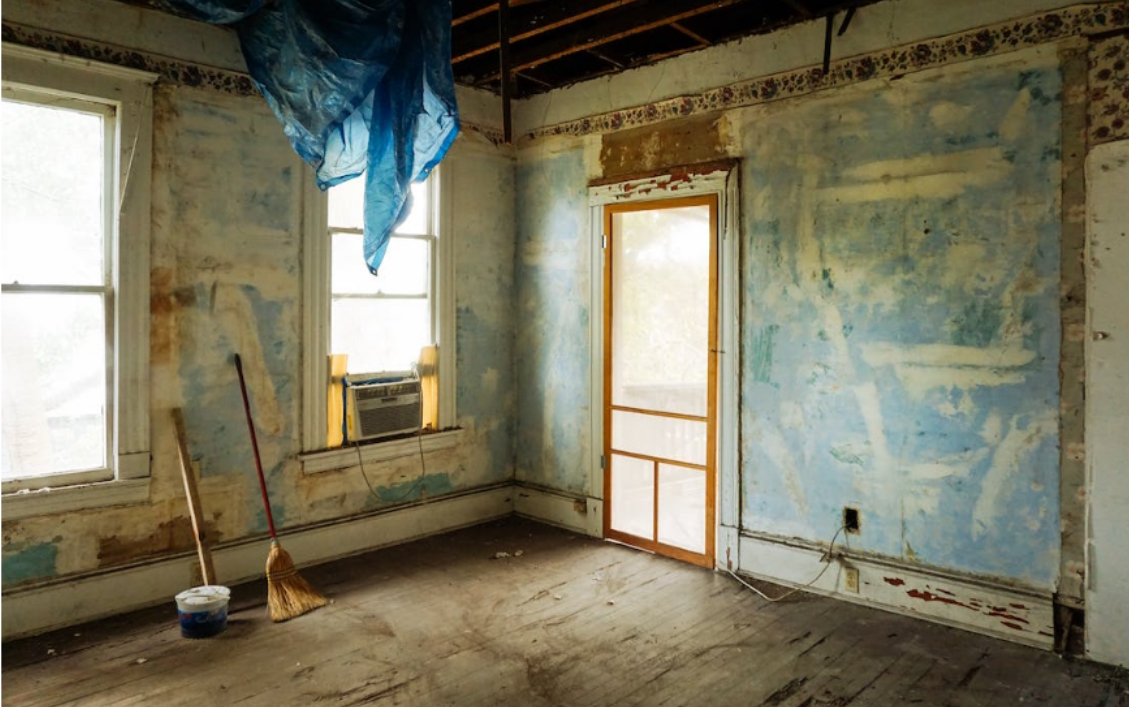Breathe Easier in Your Home Again With Mould Remediation
- Written by NewsServices.com

Mould remediation is an important process for any home or business owner to understand in order to ensure the health and safety of their building and its occupants. Mould can easily spread through the air and is a major cause of respiratory illness, allergies and asthma. It is important to identify and remove mould from your home or business as soon as it is discovered.
What Is Mould Remediation?
Mould remediation is a process that is used to remove and clean up existing mould within an indoor living environment. This process is sometimes referred to as mould abatement, mould removal, or mould mitigation.
Here are the Processes of Mould Remediation:
- Identifying the Source of Mould Growth
Mould remediation begins with identifying the source of mould growth. This can involve a thorough inspection of the property and any potential sources of moisture. Common sources of mould growth can include leaks, high humidity, flooding, condensation, improper ventilation and insulation, and other environmental factors. It is important to identify and address the moisture source in order to prevent future mould growth. Taking proactive steps such as installing exhaust fans, repairing roof and gutter leaks, and improving ventilation can help reduce the growth of mould. A professional assessment of the property can help identify the source of the mould and provide guidance on how to address it.
- Assessing the Extent of Mould Damage
The extent of mould damage is essential in determining the scope of the mould remediation process. It is important to assess the severity of the mould outbreak in order to properly plan the mould remediation process. Properly assessing the extent of a mould outbreak can help to identify the source of the mould and the best remediation methods. When assessing the extent of mould damage, it is important to inspect the area for visible signs of mould. This includes looking for discoloration or discolored spots on walls, ceilings, and other surfaces.
- Developing a Remediation Plan
The remediation plan should identify the scope of the problem, the necessary steps to address it, and the estimated costs and timelines. The plan should also include a process to monitor and evaluate the results of the remediation process. It is important to involve a qualified and experienced professional such as Kleen Slate Services in the development of the plan to ensure the safety and efficacy of the process.
- Removing and Disposing of Mould-Infested Materials
All materials that are visibly mouldy should be discarded, including carpets, curtains, furniture, and other porous materials that cannot be thoroughly cleaned and disinfected. The area where the materials were removed should be thoroughly cleaned and disinfected to prevent the mould from spreading. Proper protective gear such as respirators, gloves, and eye protection should be worn when handling and disposing of mould-infested materials. The area should then be dried and ventilated to prevent the mould from returning.
- Implementing Preventive Measures to Reduce Future Mould Growth
When implementing preventive measures to reduce future mould growth, identify the source of the moisture. This could be from a leak, condensation, or other sources of water. The cause of the moisture must be eliminated in order to decrease the risk of mould growth. This could include repairing plumbing, improving ventilation, or installing a dehumidifier. All materials that have been affected by mould must be removed and discarded. Once the source of moisture has been eliminated, fungicides should be applied to the affected areas to reduce the risk of mould regrowth.


















